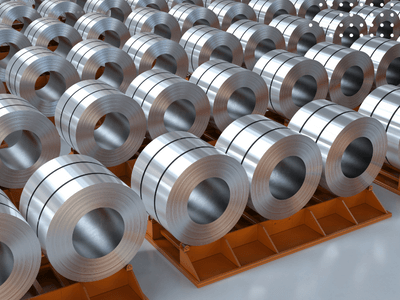Copper Casting
- Home
- Copper Casting
Cast Iron Casting
Cast Iron Casting
Cast iron casting, also known as iron casting, is a metalworking process that involves heating iron until it liquefies and then pouring it into a mold to create a specific shape. This process is employed to produce various cast iron products, from intricate ornamental pieces to heavy industrial machinery components.
Types of Cast Iron
There are several types of cast iron, each with its unique characteristics:
Gray Cast Iron: This is the most common type of cast iron, known for its excellent castability and wear resistance. Gray cast iron is often used in applications like engine blocks, pipes, and cookware.
White Cast Iron: White cast iron is extremely hard and wear-resistant. It’s used in applications requiring high abrasion resistance, such as ball mill liners and grinding balls.
Ductile (Nodular) Cast Iron: Ductile iron has a more flexible graphite structure, providing higher tensile strength and impact resistance compared to gray iron. It’s used in components like water pipes, automotive parts, and construction materials.
Malleable Cast Iron: Malleable iron is created by heat-treating white cast iron, making it more ductile and shock-resistant. It’s commonly used in the production of hardware and hand tools.
Compacted Graphite Iron (CGI): CGI has properties between gray and ductile iron, offering excellent thermal conductivity and strength. It’s used in applications like cylinder heads and engine blocks.
The Cast Iron Casting Process
The cast iron casting process involves several key steps:
Pattern Making: A pattern, typically made of wood or metal, is created to match the desired part’s shape.
